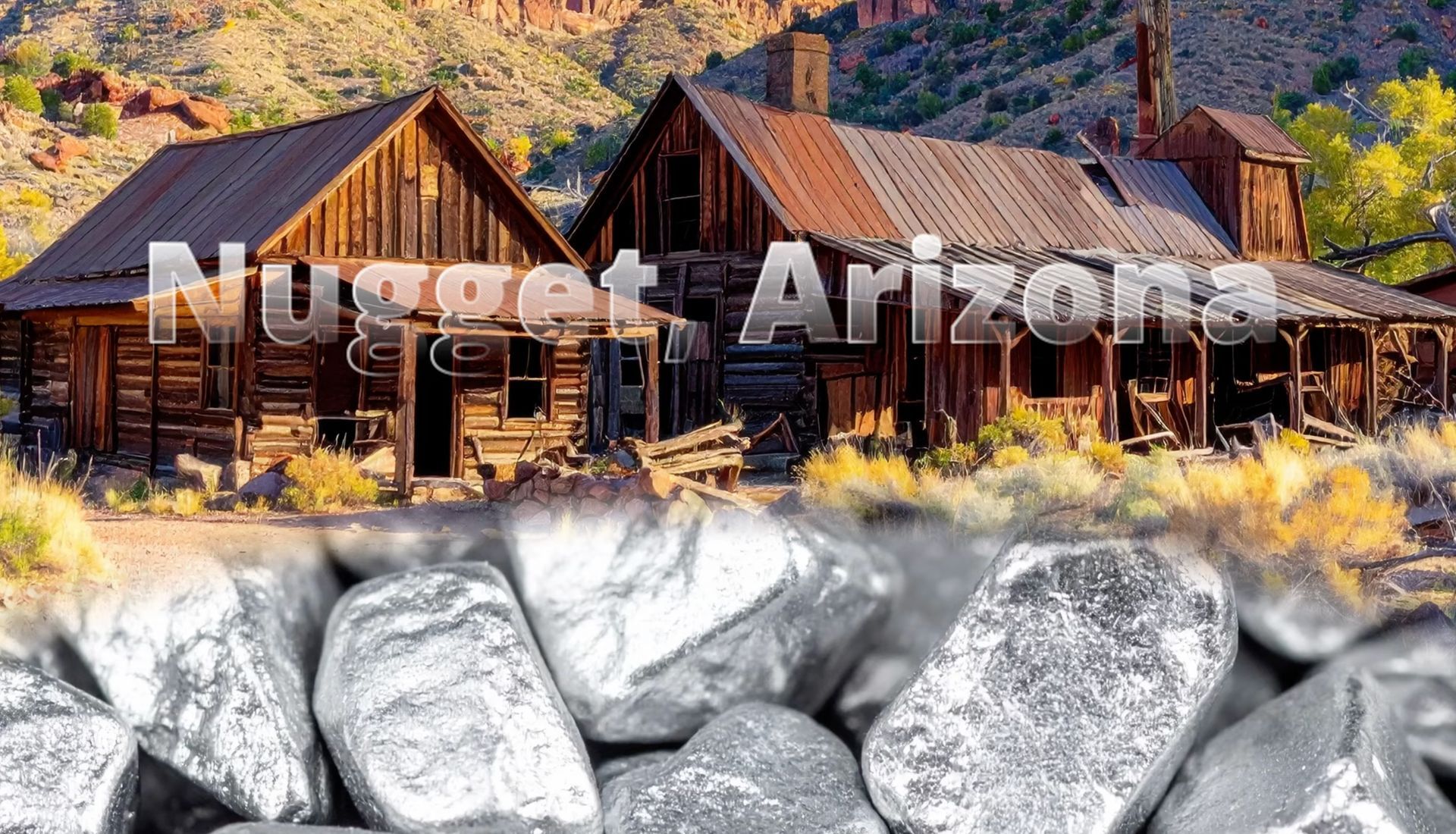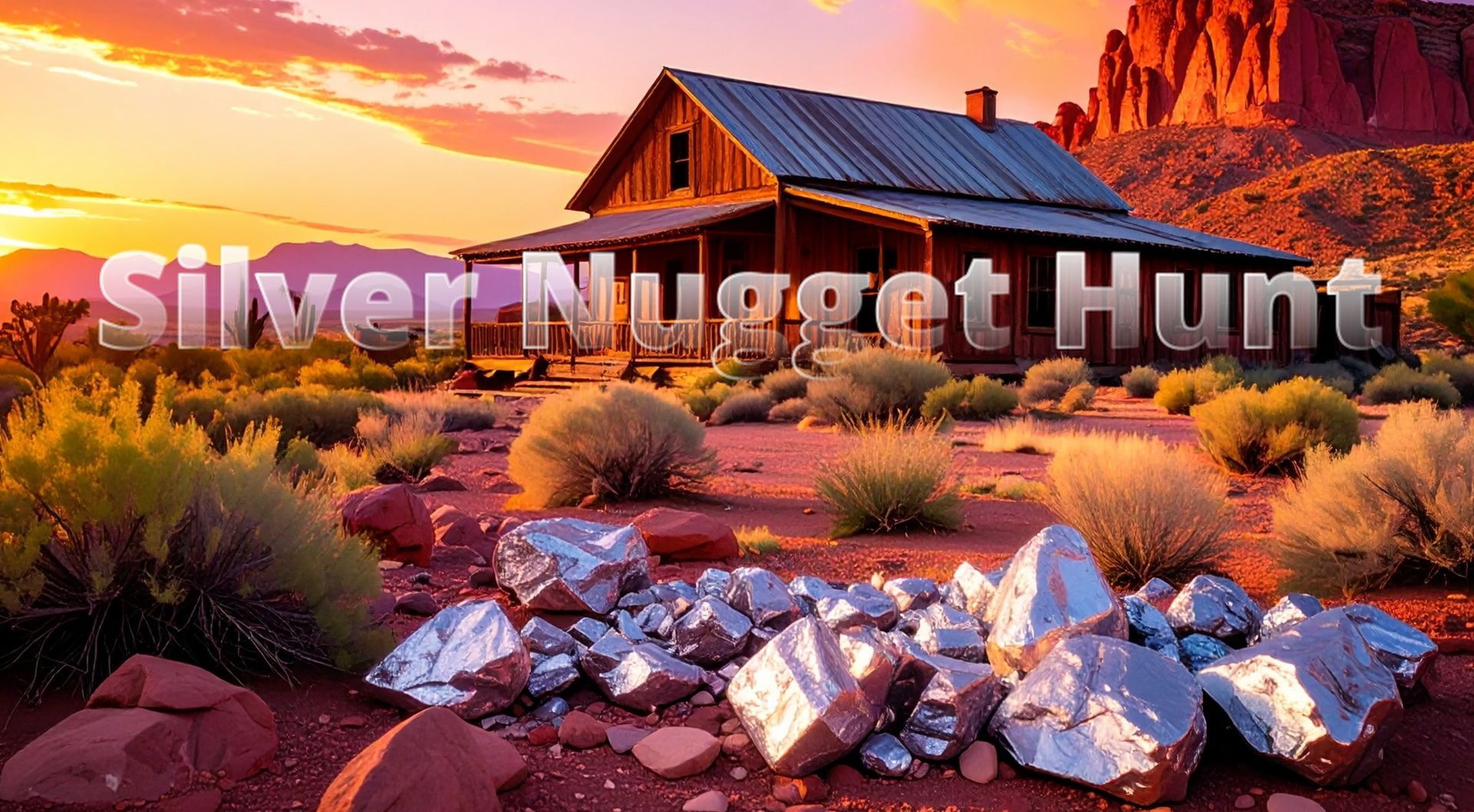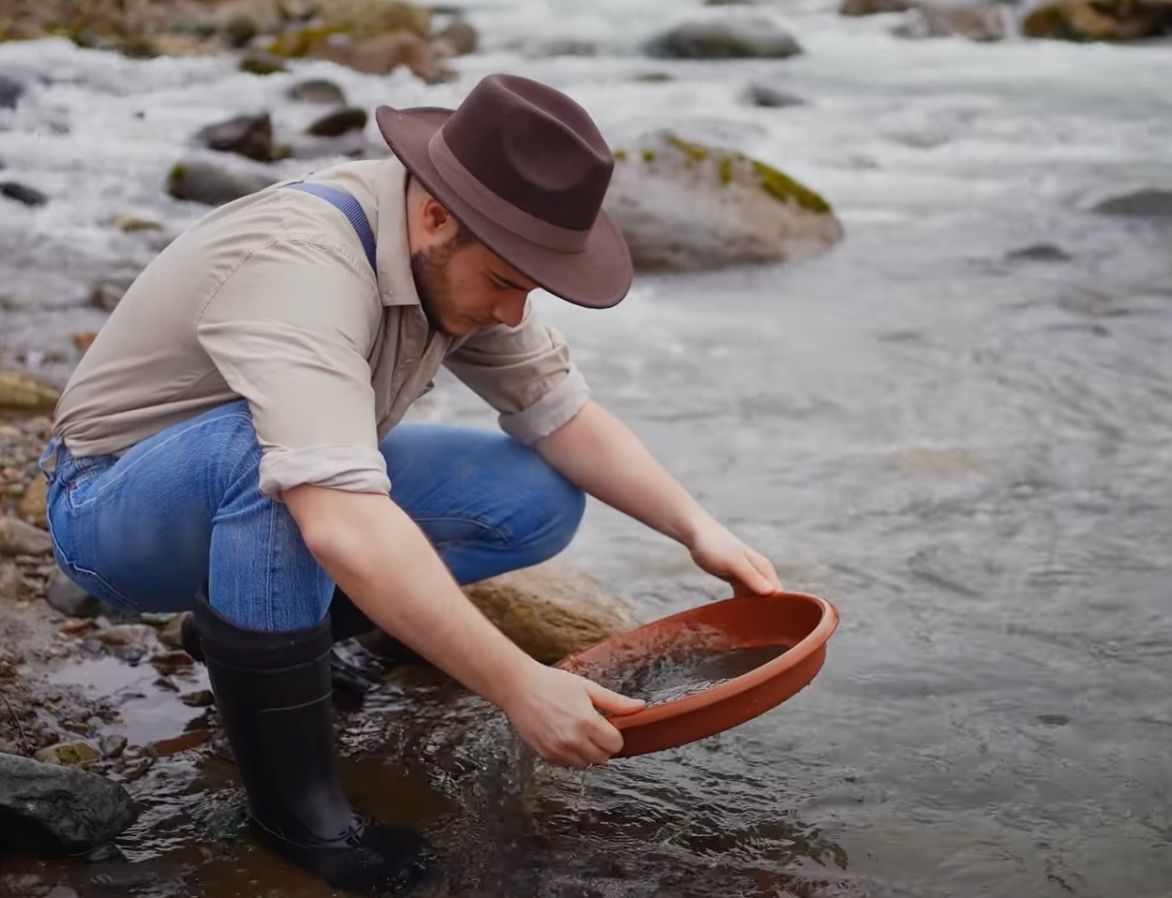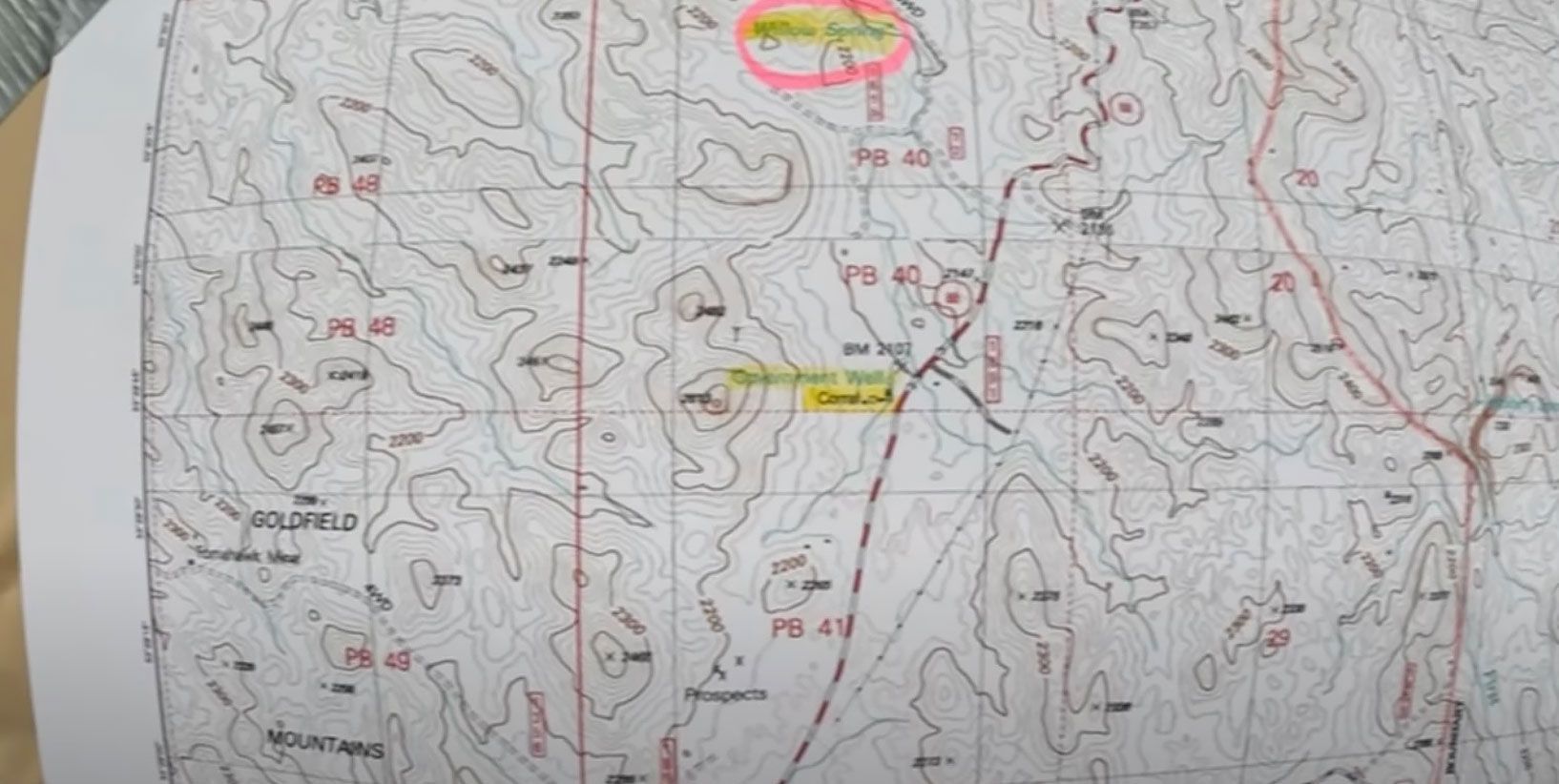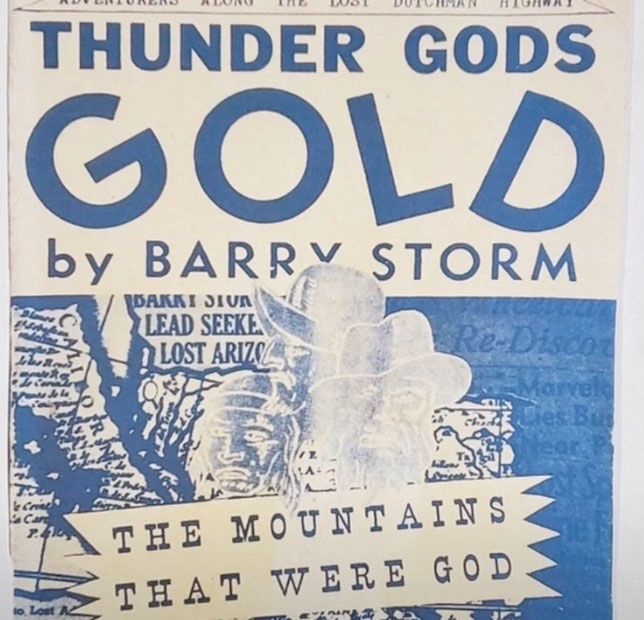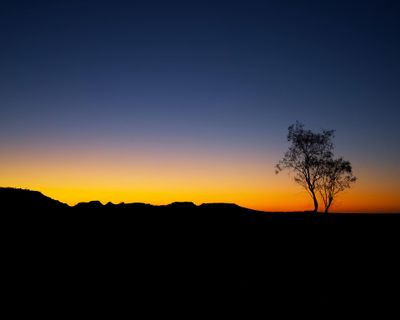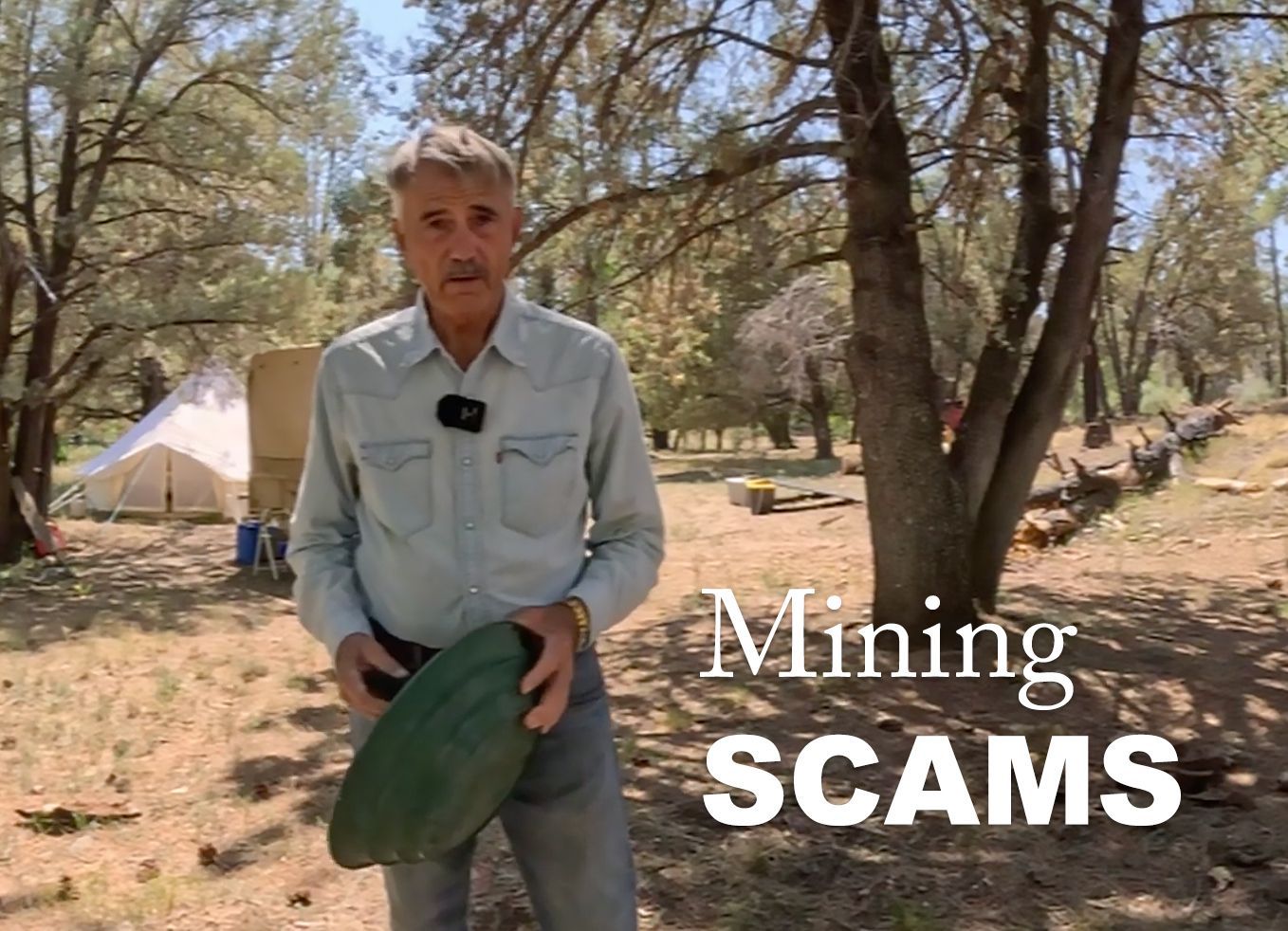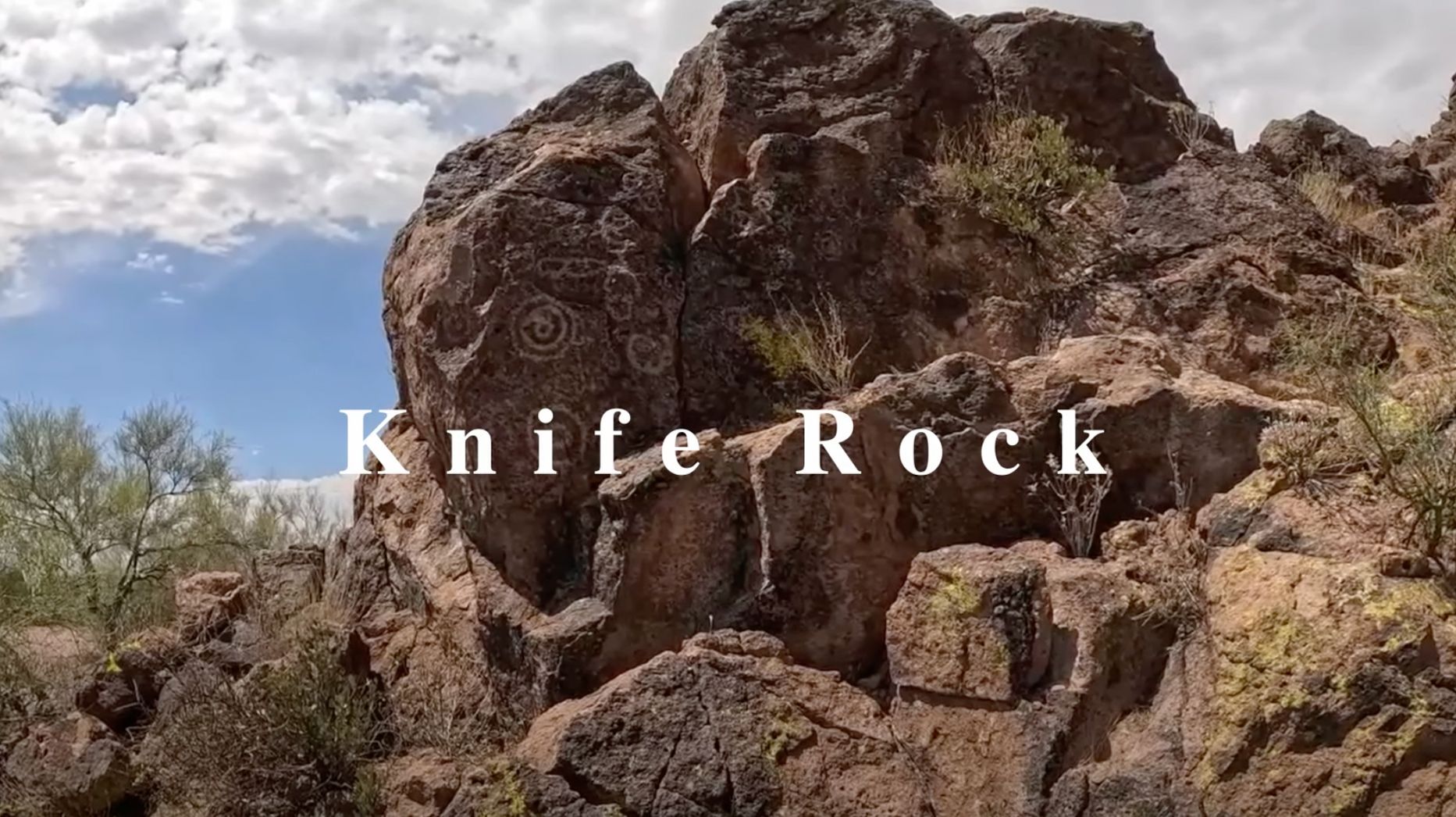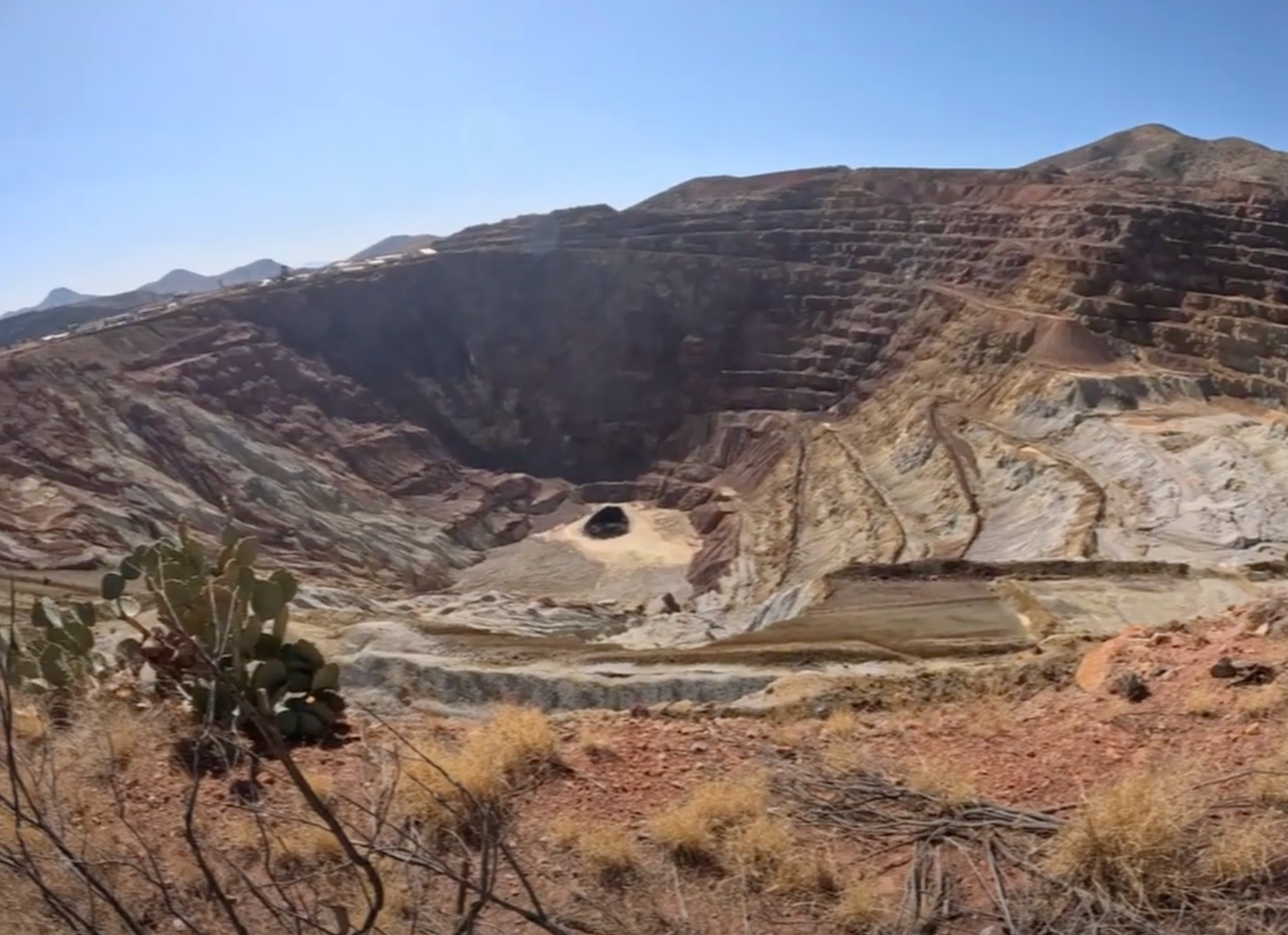The Lost Meteorite
Lost Meteroite
Recently I went back to the Chuckwalla Mountains, southwest of Desert Center, CA, and had a video made of the area related to this treasure hunt. Desert Center now is basically a ghost town used as a pull off for trucks. The gas station and café are no longer in business.
From Desert Center we headed west on Hwy. 10 to the Red Cloud Road exit. We turned south back under Hwy. 10 and stayed on Red Cloud Mine Road. This road takes you up into the mountains to the old Red Cloud Mine workings. We turned off the Red Cloud Mine Road and headed south on the Gas Line Road. There was an area where I knew some stacked rocks to be that supposedly marked a piece of the meteorite that had landed out here around 1920. After finding the stacked rocks we back tracked and went on a road that paralleled the mountain to another spot where a big piece of the meteorite was supposedly found.
More about this story can be found in my book “Random Tangents: Embracing Adventures in Life” You may also watch our video that we made on this story by clicking the You Tube button on this webpage. It is a start of a collection of treasure videos that I am making based on treasure hunts I went on over a ten-year period. It had been twenty plus years since I had been here and the only thing I see changed was now there were signs telling you the couple of gravel road names and to stay on them. They made the Chuckwalla Mountains a Wilderness Area in 1994 but you still can drive up the Red Cloud Mine Road on the west side of the mountains or the Corn Springs Road on the east side. The area we were in was not part of the Wilderness Area as it was out in the flats.
It was springtime when we filmed this and not long after some rain had fallen, the desert flowers were blooming, and the ocotillo were budding out. It was a magical day with the pungent smell of the creosote bush in the air and not another person in sight for the whole day.
There is also much to see around this area:
If you go 19 miles west of Desert Center you will come to Chiriaco Summit which has a lot of history and a museum set aside for General George S. Patton. General Patton established the Desert Training Center in this area of the desert in 1942 to train over one million men for the war in the Sahara Desert.
If you head east 71 miles from Desert Center to Quartzsite, Arizona, during the months of January and February, you will experience the two-month long Quartzite Gem Show and Swap Meet that runs every day. It boasts of bringing in two million visitors a year to the area. The BLM offers extended campsites in the area for this occasion.
If you head northeast to Parker, Arizona from Desert Center, approximately 106 miles, you can enjoy the Colorado River below the Parker Dam and hospitality at the Blue Water Casino. It has accommodation and a large boat dock on the river if you are into water sports. Not far north from here is Lake Havasu and Lake Havasu City with the Historic London Bridge. This is a much more commercialized area with a larger population of over 50,000. Water sports is also a big draw for this area.
Going south from the Chuckwalla Mountains you may be able to four-wheel down to the Salton Sea by staying on the Summit Road which intersects with the Bradshaw Trail. I never tried it, but it shows up on the maps and the Bradshaw Trail is well recognized. Check out the other four-wheel drive trails in this part of the country as there are some beautiful mountains and areas to be seen. There is the Chuckwalla Wilderness Area which offers some hiking trails which are best negotiated during the cooler months.
